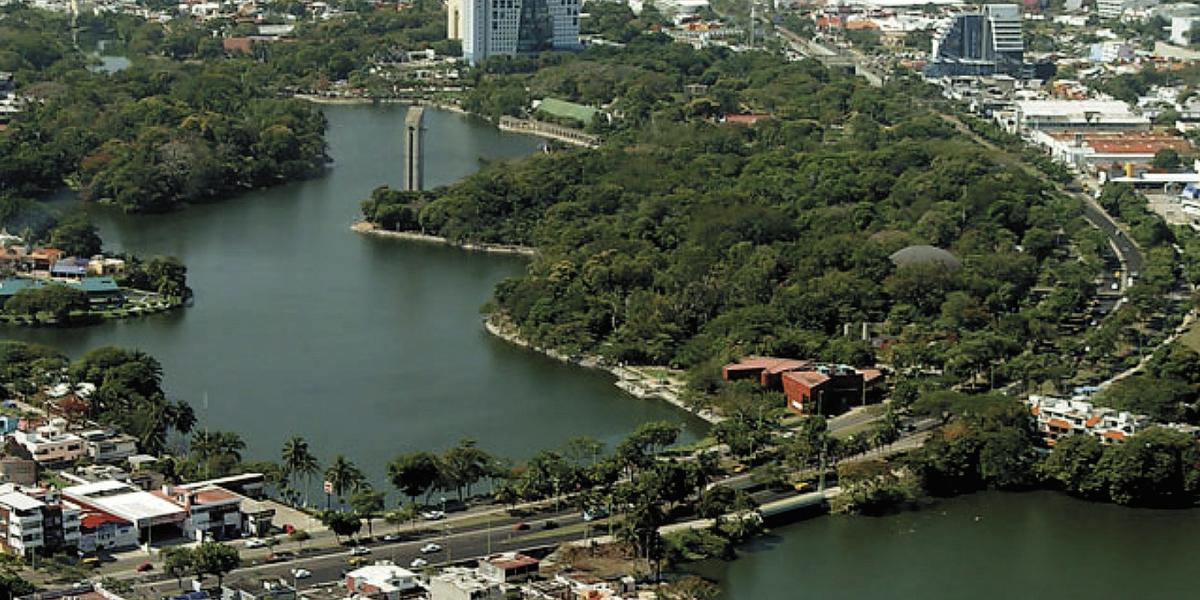During the first half of this year, it was observed that two of the state economies most involved in the flagship works of the former government of Andrés Manuel López Obrador experienced opposite realities: Tabasco and Quintana Roo.
According to seasonally adjusted data from the National Institute of Statistics and Geography (Inegi), the state with the highest annual growth of the Quarterly Indicator of State Economic Activity (ITAEE) was Quintana Roo, with a rate of 12.6% in the first half of 2024 .
This increase derived mainly from the effect of the Mayan Train in the construction sector of the entity with a tourist vocation, which was the most benefited by the railway routes.
At the other pole, Tabasco was found as the Mexican state with the steepest drop in its economic activity, 5.5% annually, whose situation stands out because last year it led Mexico in economic growth due to the boost of the Dos Bocas refinery.
However, this incentive in the construction industry has ended for the Tabasco economy, where the objective of the work in a territory dependent on oil production has not yet permeated.
Downwards
With the above, the question arises as to whether after completing the Mayan Train, this project will encourage the economic sectors – tourism and logistics – of the states considered on the route: Quintana Roo, Yucatán, Campeche, Tabasco and Chiapas.
In general, of the country’s 32 states, five showed annual decreases in their ITAEE during the first half of the current year.
In addition to Tabasco, Michoacán, Jalisco, Campeche and Coahuila exhibited setbacks in their economy. Of this group, the state of Guadalajara is among the four largest economies in the national territory, along with Mexico City, the State of Mexico and Nuevo León.
Also added are the subnational governments that obtained a monthly increase of less than 1%: Mexico City, Nayarit, Zacatecas, Sinaloa, Chihuahua and Guerrero.
Of these entities, the situation of the country’s capital draws attention, since being the economy that contributes the most to the national Gross Domestic Product (GDP), with more than 14%, it directly affects the entire productive apparatus of Mexico.
As well as that of Guerrero for showing a recovery of its activities after the passage of Hurricane Otis, however, the damage caused by John to its economy has not yet been accounted for.
The leaders
For their part, Durango and Colima shared the podium with Quintana Roo of the most dynamic local economies in the first half of 2024, with annual variations of 6.6 and 5.2%, respectively.
Other relevant increases, with rates above 3%, occurred in Baja California Sur, Yucatán, Oaxaca, Puebla, Guanajuato, Puebla, Querétaro, Nuevo León and Veracruz.
In these entities, Oaxaca and Veracruz stand out for being part of the Interoceanic Corridor and its development poles, but the question also arises of how long this positive effect on their economy will last.















